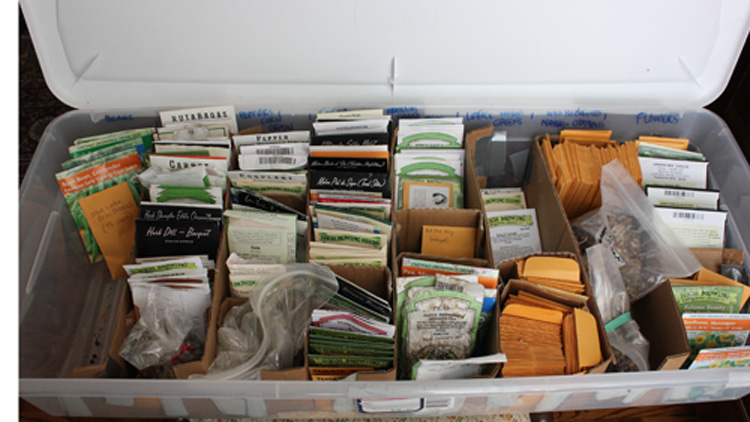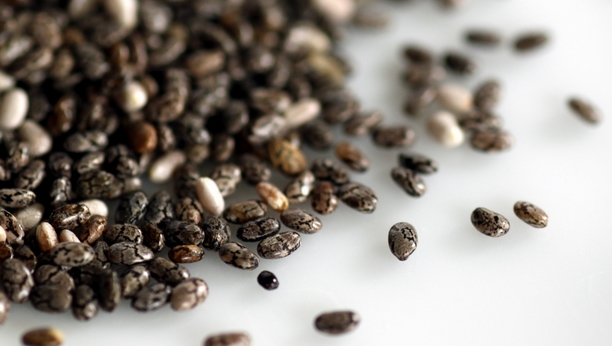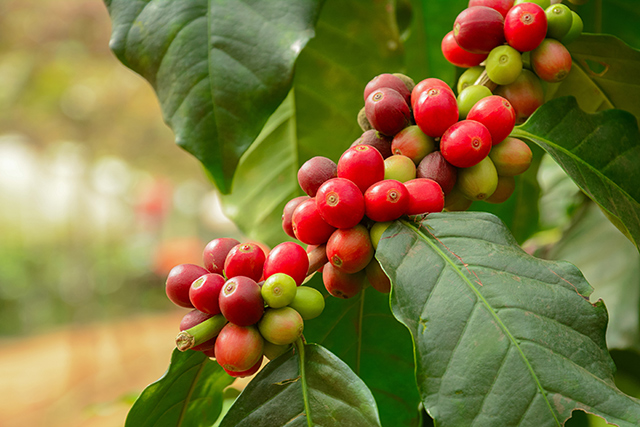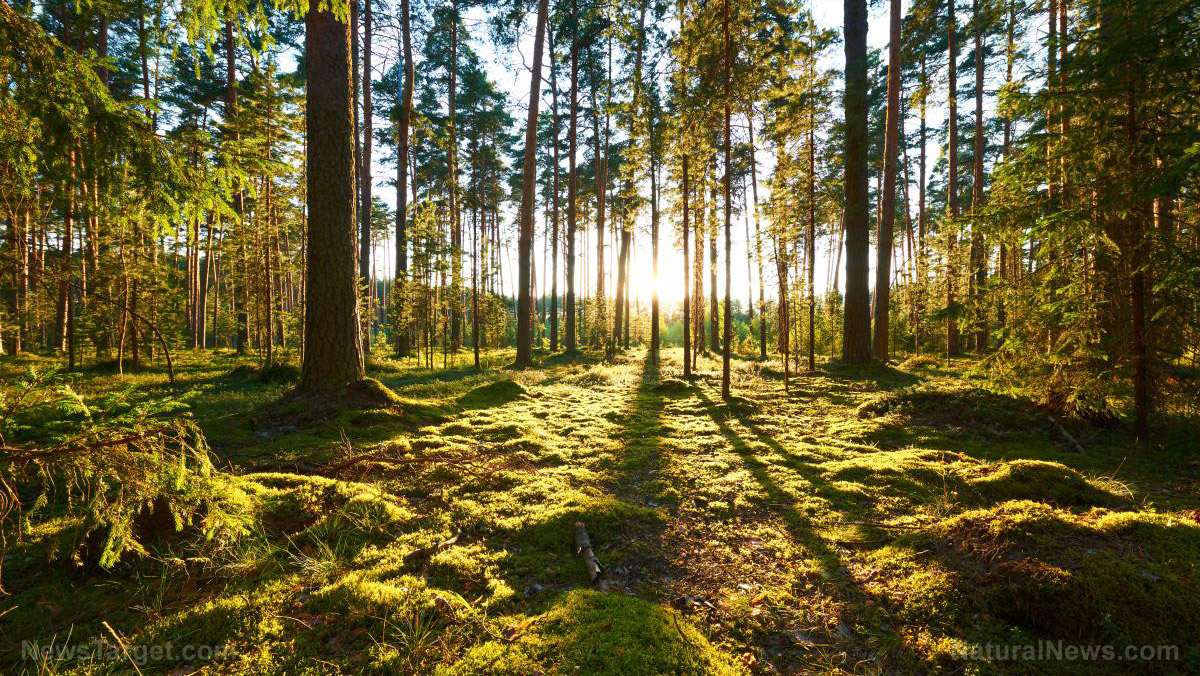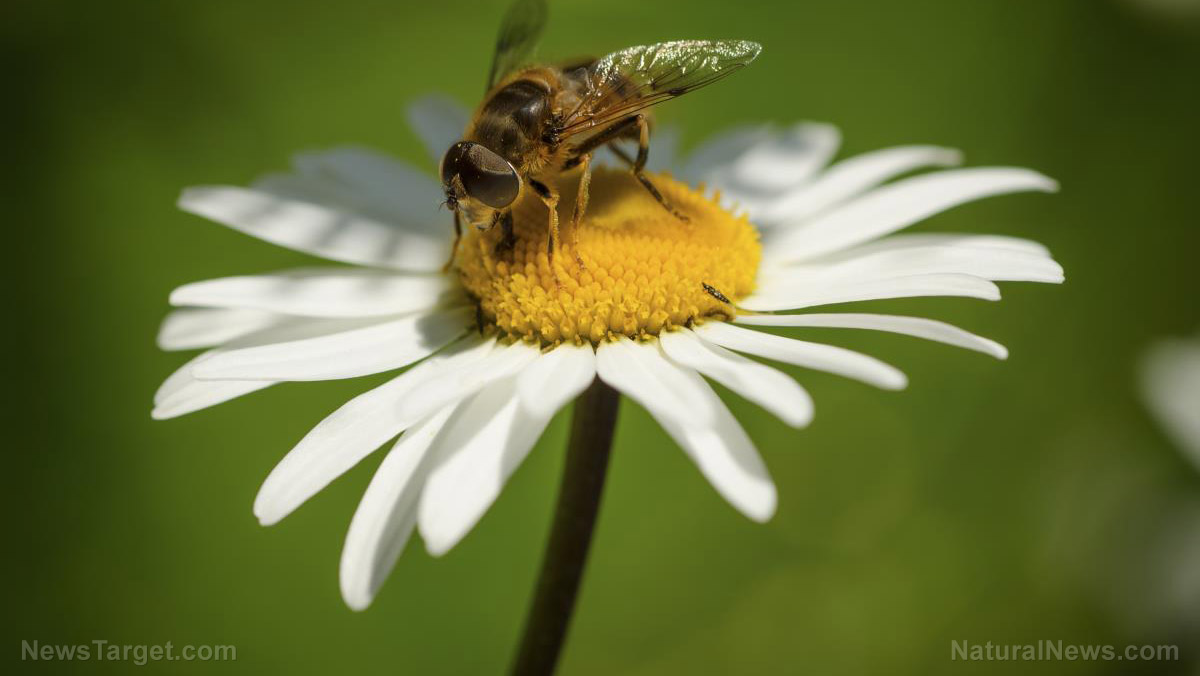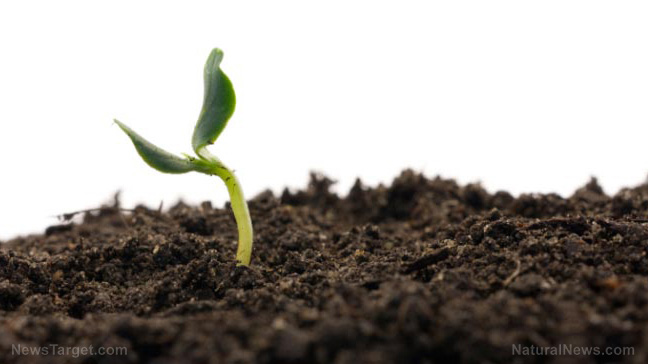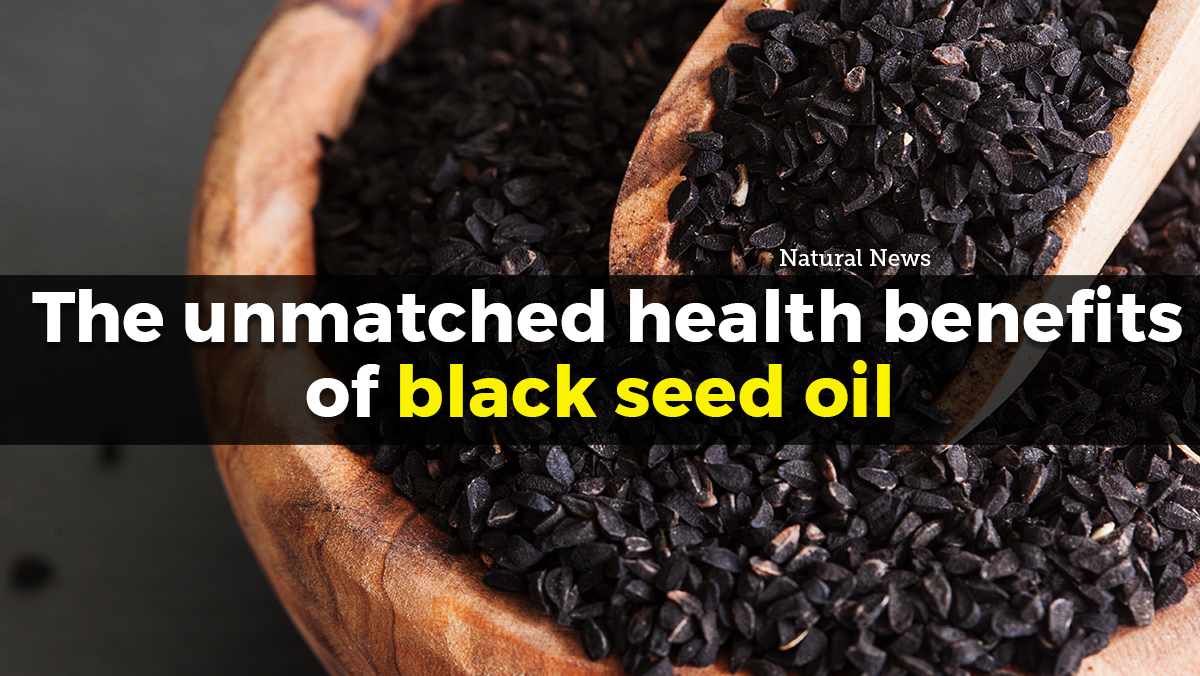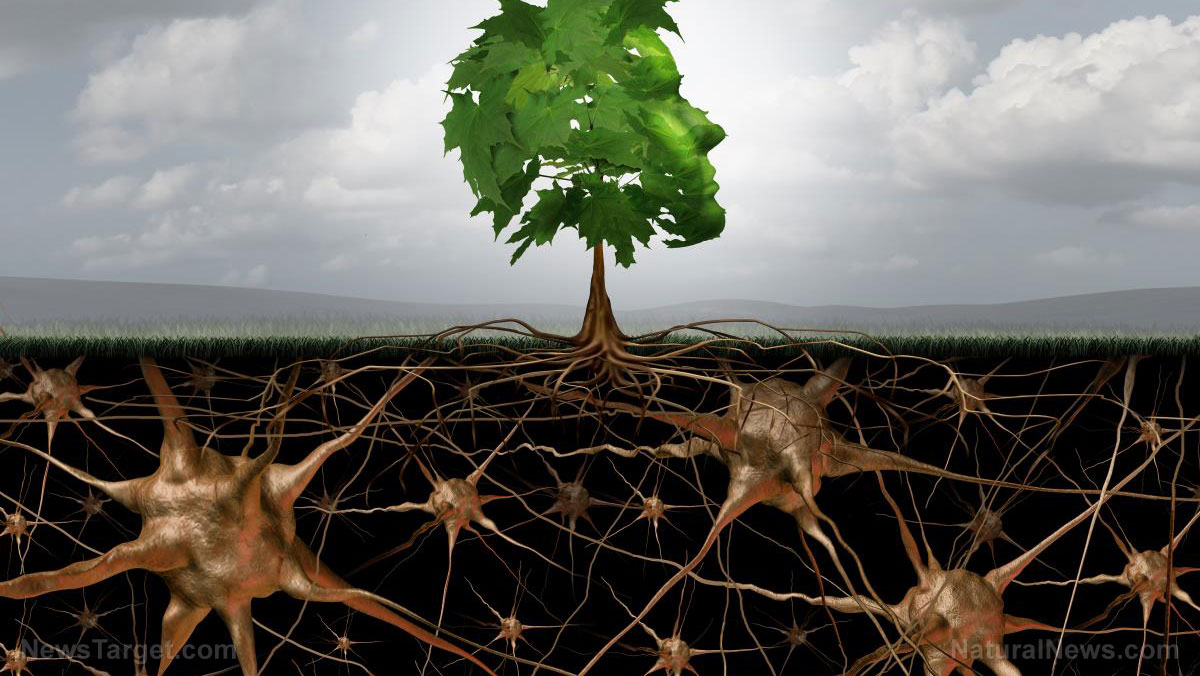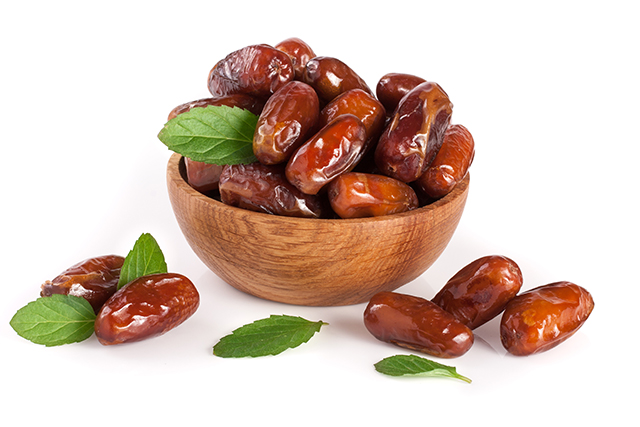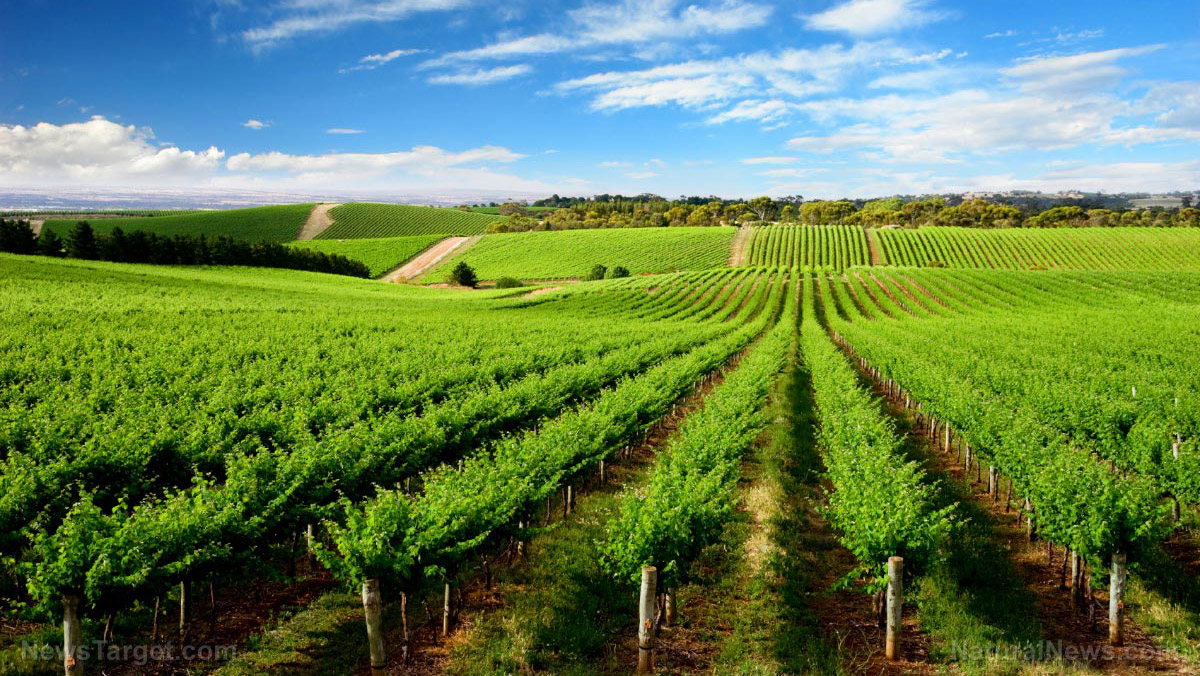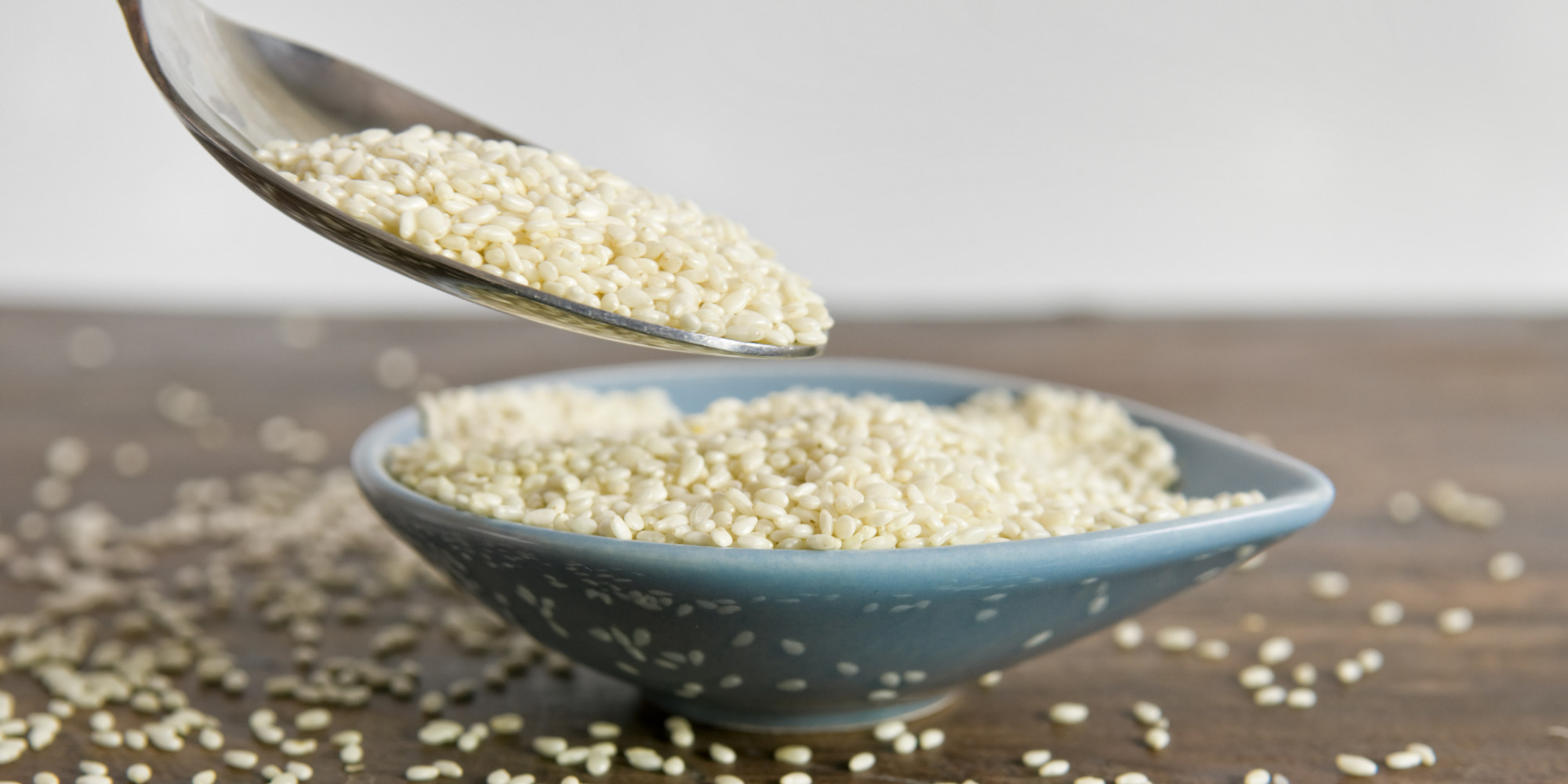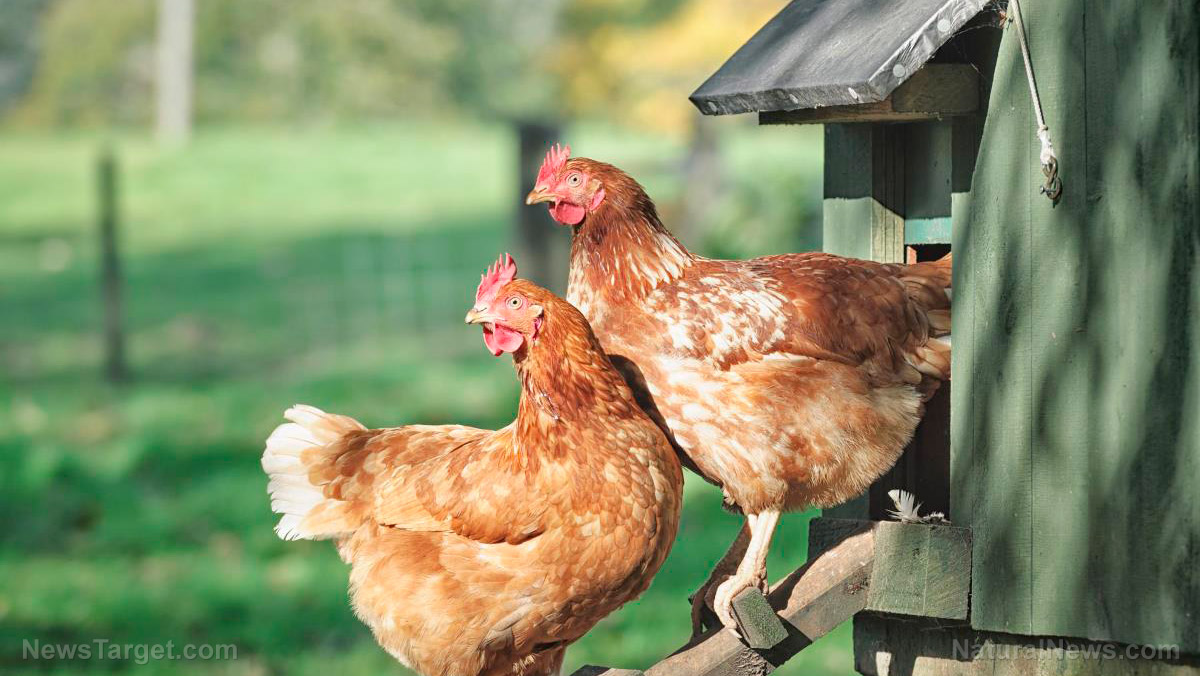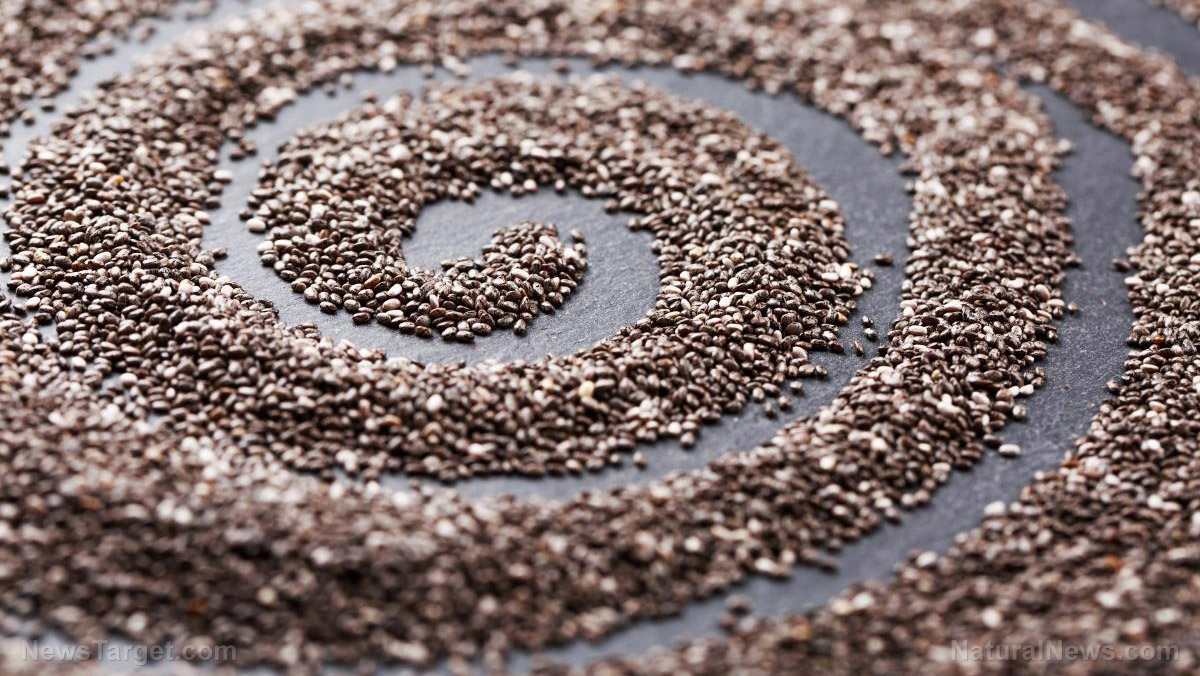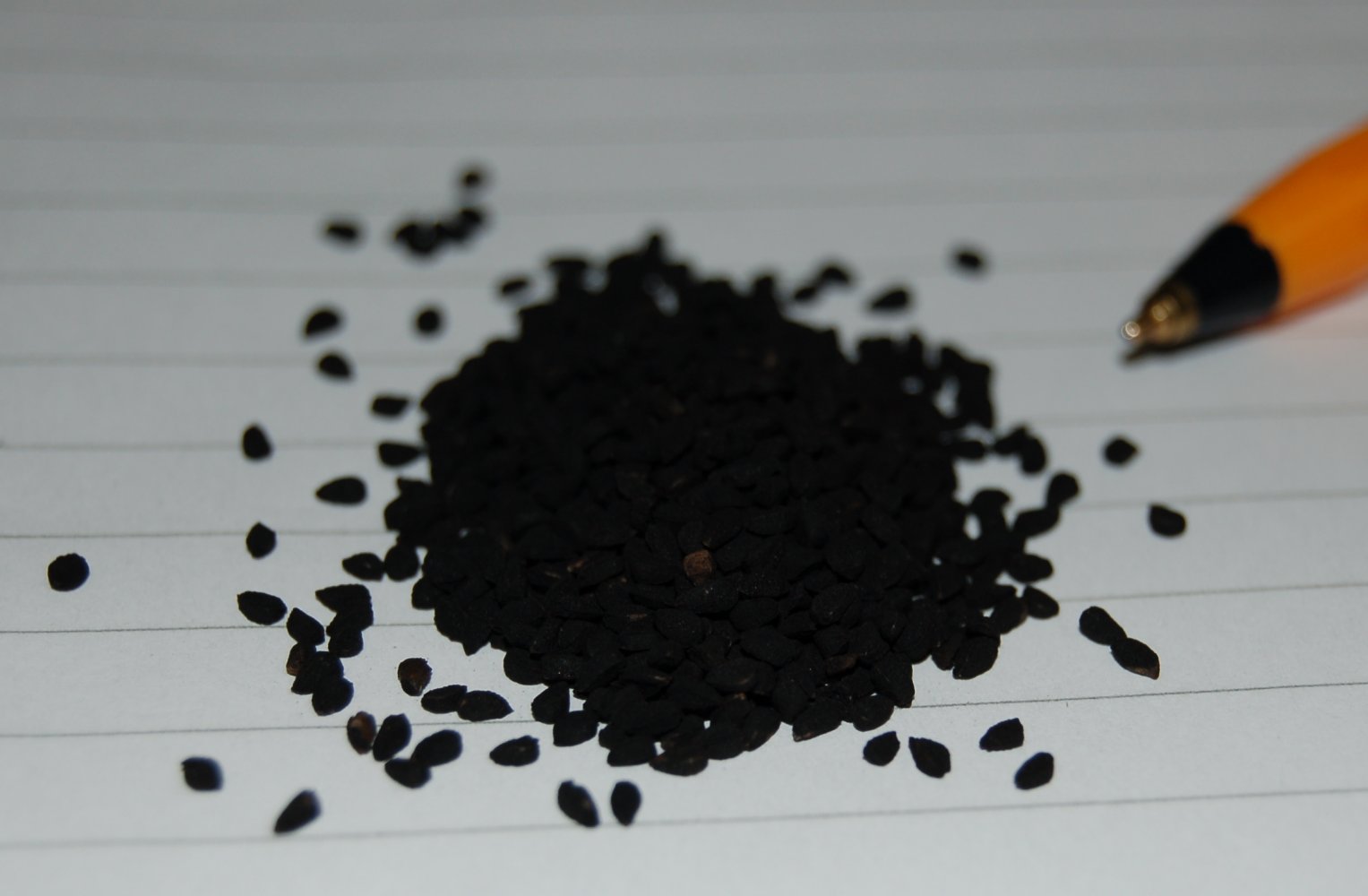(Bugout.news) Most preppers understand the importance of storing food and water, and they already have a good supply of both on hand. That said, it’s also very important to maintain a viable, healthy seed bank – because the food supply and food distribution systems in an emergency are likely going to become compromised.
If it is properly implemented, a good seed bank will provide you a lifetime of food. Here are five tips on implementing and maintaining a good seed bank as part of your food security preparedness, as well as the importance of seed storage:
— Know the function of your seeds: You don’t have to be an experienced gardener to know that once seeds are put into the ground, plants will grow. However, it’s appropriate to understand the purpose of seeds from the perspective of the plant.
“Every year, each plant will produce seeds, essentially the offspring or ‘children,’ to be propagated during the next cycle into new variants of the plant,” says the American Preppers Network. “Seeds might be produced by the plant during spring, summer, fall, or even winter sometimes, but all (non-tropical) seeds are designed to blossom and grow in the spring.”
As such, it’s vital to sort of ‘trick” your seeds into thinking that it’s wintertime, so they remain dormant. Since spring and summer are a time for warmth, light and dampness, you will need to keep your seeds in “winter” mode – a time of darkness, cold and dryness. So keep them away from heat, light sources and moisture.
— Open-pollinated, non-GMO, non-hybrid: Unfortunately, many of the fruits and veggies offered for sale these days are not as nature intended. As such, neither are the seeds those plants produce (or the seeds that are genetically modified during the manufacturing process). Those seeds are very often designed to be sterile and are useless to use for future planting.
“When buying seeds for your seed bank, always buy non-hybridized and non-GMO seeds to ensure that you’re getting a healthy, heirloom variant that will grow as nature intended,” says American Preppers Network. “Seeds that are open pollinated are versatile enough to be pollinated by a wide variety of insects, or even by hand, if necessary.”
— Think glass and plastic: According to Rodale’s Organic Life web site, the best way to ensure seed longevity and freshness is to store them in sealable plastic containers, Mason jars with tight-fitting lids or other glass containers with gasket lids. Alden Morris blogging at Natural News recommends keeping containers air tight for at least four to six months after placing in storage containers.
— A dryness tip: “To keep seeds dry, wrap 2 heaping tablespoons of powdered milk in 4 layers of facial tissue, then put the milk packet inside the storage container with the seed packets,” says Rodale’s. “Or add a packet of silica gel. Replace every 6 months.”
American Preppers Network notes you should understand this, too: “When building up your seed bank, it’s important to understand exactly how to store seeds, and which varieties can last for longer periods of time.
“Being able to provide food for yourself is a good idea for a variety of reasons,” notes Pioneer Settler. “In case of disaster, shortage, or something less catastrophic like job loss, planning out how you’d feed your family long term is a smart plan.”
No question about it. A large part of preparing for that contingency is, of course, seed storage. And the best part is, you can get started quickly and easily.
“If you didn’t use up all of the garden seed you bought this year, much of it can be stored for use in next year’s garden, depending on the plant species,” notes Purdue University. “Seeds of some plants, such as corn, parsley, onion, viola (pansies), verbena, phlox and salvia, are not very long lived, lasting only 1 or 2 years at best. Other seeds, including beans, carrots lettuce, peas, radishes, snapdragon, cosmos, sweet William and zinnia will remain viable (capable of germinating) for 3-5 years
Check out more great ideas on Pinterest’s Seed Storage page. Also, check out Food Rising Grow Boxes, which are premised on low-tech and hydroponics.

Sources:
http://americanpreppersnetwork.com/2015/10/need-know-storing-seeds.html
http://www.natural.news/2015-10-14-top-gmo-lies-uncovered.html
http://www.rodalesorganiclife.com/garden/10-tips-storing-your-saved-seeds
http://www.motherearthnews.com/homesteading-and-livestock/seed-storage-zmaz75jfzwar.aspx
http://blogs.naturalnews.com/drying-storing-seeds-next-planting-season/
https://www.hort.purdue.edu/ext/storingseed09.html

